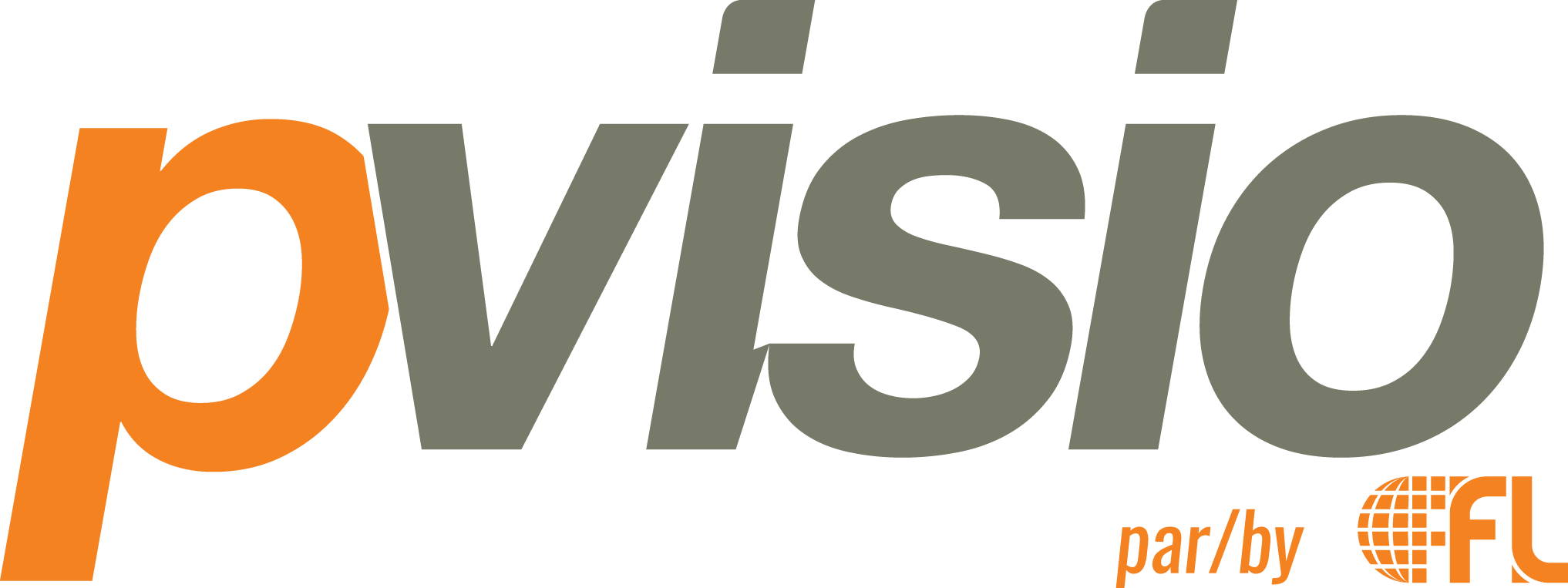As you probably already know (who hasn’t heard yet?!!), the Federal Cannabis Act will come into effect on October 17, 2018. With this Act, access to cannabis for recreational purposes will become legal.
Legislative changes in Quebec
To govern the enforcement of the Federal Act and its resulting laws, the legislation of each province has incurred changes. In Quebec, the Cannabis Framework Act defines the rules which will be applied, including:
- Any adult (18 years of age or older) may possess, in public place, up to 30 g of dried cannabis;
- Any person under 18 years of age will be prohibited from possessing cannabis;
- The growing and harvesting of cannabis for personal use will be forbidden (this point is being disputed, and will likely be addressed by the courts in the future);
- Smoking cannabis in public places will not be permitted where tobacco is already banned.
The Quebec government has also planned to add 2 new provisions to the Act respecting occupational health and safety.
The Quebec Highway Safety Code was also amended. A zero-tolerance principle prohibits anyone from driving a road vehicle or having the control of one if they are under the influence of cannabis.
Finally, the Quebec government has also planned to add 2 new provisions to the Act respecting occupational health and safety:
- Section 49.1 provides that “A worker must not perform his work if his condition represents a risk to his health, safety or physical well-being or that of other persons at or near the workplace by reason, in particular, of his being impaired by alcohol, drugs, including cannabis, or any similar substance.“
- Article 51.2 provides that “The employer must see to it that a worker does not perform his work if his condition represents a risk to his health, safety or physical well-being or that of other persons at or near the workplace by reason, in particular, of his being impaired by alcohol, drugs, including cannabis, or any similar substance.”
What does that change in the workplace?
This legalization of cannabis inevitably creates issues in the workplace.
It is strongly recommended that employers review their drug and alcohol policy, adding specific provisions on cannabis, which should be treated in the same way as other substances that may affect a worker’s abilities. For employers who do not have a drug and alcohol policy, this is a good opportunity to create and implement one.
Regardless of the policy adopted by the employer, it must be applied in a rigorous, clear, consistent and unambiguous manner.
The employer must first determine their level of tolerance, particularly in relation to the level of safety required in their type of workplace. If the level of safety risk is high for one or more workstations, the employer could, for example, opt for zero-tolerance of cannabis use, in the same way they do for alcohol consumption. The best, and simplest, practice would be to have consistency between the policies surrounding employee possession of alcohol and of cannabis. In that case, an employer who allows its employees to purchase a bottle of wine during their lunch break for after-work consumption should manage an employee who purchases cannabis for after-work use in the same manner.
Regardless of how tolerant or not the employer chooses to be, it is important to develop a clear policy, such as a banning the possession and sharing of cannabis in the workplace, and whether the employer wishes to impose disciplinary action.
Regardless of the policy adopted by the employer, it must be applied in a rigorous, clear, consistent and unambiguous manner. It must also be made known to all employees, and managers must understand its objectives and be trained to apply it properly.
Training managers on the effects of cannabis is also important. For the time being, the available screening tests only verify whether THC is present in the body. These tests do not indicate whether the substance affects or has affected the worker’s abilities while at work, since the presence of THC can be detected several days after consumption.
Being vigilant for the signs of impairment caused by THC thus becomes the first factor leading to the removal from the work floor of an employee who endangers his or her health/safety or that of his or her colleagues. The main signs to look for are:
- Red eyes, dilated pupils
- Speech problems
- Poor coordination of movements and lack of balance, drowsiness
If one or more of these signs are present, the employee should be addressed immediately to determine his or her ability to work, refer him or her to the Employee Assistance Program, if necessary, and to remove him or her from work to assess the appropriate action to be taken, depending on the situation.
In conclusion, the policy must be applied strictly, while each situation must be dealt with on a case-by-case basis.
QUESTIONS?
Do you need help with this or any other aspects of occupational health and safety? We can help you! To receive a free one-hour consultation, please send us your contact information by clicking here.




